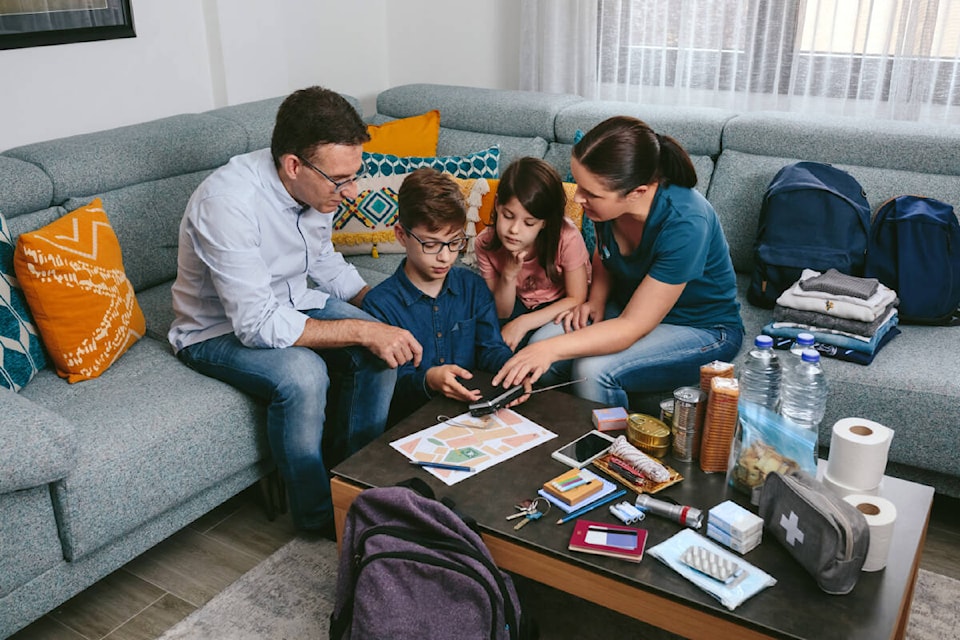The thing about an emergency is that you don’t know when it might strike. An unexpected heat wave could cause rapid flooding, for example, or a lighting strike could spark a wildfire.
What we can do, however, is be prepared for emergencies that pose a risk to our Wetaskiwin neighbourhoods, like fire, ice storms or extended power outages.
“An emergency incident always seems unlikely, until it happens,” said Amber Coleman, Fire Chief of Wetaskiwin Fire Services. “The best way Wetaskiwinites can be prepared is to understand the risks likely to occur in their area and learn what actions they can take to protect themselves.”
Emergency Preparedness Week, May 7 to 13, is the ideal time to think about what you might need if a natural disaster were to strike, and how you can prepare to protect yourself, your family and your community.
First things first: Why are we not prepared?
Studies suggest that the biggest reasons people are not prepared for an emergency are lack of information, lack of money and basic procrastination.
The good news is that you don’t need to do everything all at once – which can seem like a monumental task – but try to tackle a little bit each week and soon you’ll be ready for whatever Mother Nature might bring!
Start by making a list and posting it in a central location to help you respond quickly when needed. Many items you might need may already be included in your camping gear. Others, like food, water and other supplies can be added gradually.
“It may seem overwhelming, but even just making an emergency plan with your family, building an emergency kit with items as simple as food, water or a flashlight, or even being aware of agencies within our area that share information about potential hazards that may impact you are great ways to ensure that you are ready for anything,” said Coleman.
How you can prepare your home, family and community
- Sign up for local and provincial communications, and download alerting apps to help stay informed in the case of an emergency. Official social media channels can also be a good resource of current information.
- Make community connections. According to the 2022 Survey of Albertans, only 16 per cent of Albertans have a community support system, however having connections among neighbours and friends makes it much easier to help each other during an emergency. Consider creating a shared text or email group for wellness checks, or a buddy system with someone close by. Attend local events to expand your network.
- Gather supplies. During an emergency, grocery stores, pharmacies, gas stations and other essentials may be unavailable, and emergency services may be occupied with more serious issues, so residents should be prepared to shelter in place for 72 hours on their own. That includes food and water, but also extra medication, blankets, pet supplies, a plan for livestock, and other items. Focus on supplies to keep you safe first, then concentrate on items for your comfort. Here’s how’s build an emergency kit.
- Have a grab-and-go kit. Remember that some emergencies, like a wildfire, could force you to leave your home at short notice, or you could be away from home when disaster strikes. Have grab-and-go kit in your car or at the office, and have an emergency plan among family members including someone out of the province that everyone can contact, if needed.
For more tips on preparing an emergency kit, call Wetaskiwin Fire Services at 780-361-4429.
